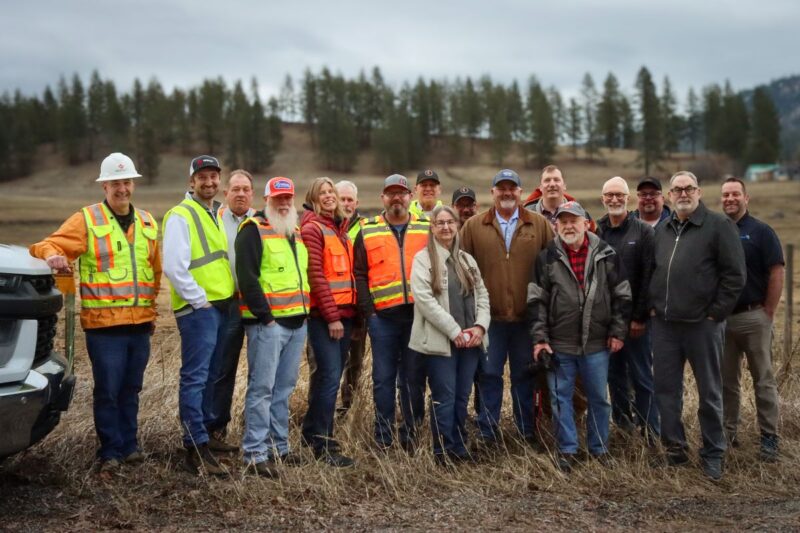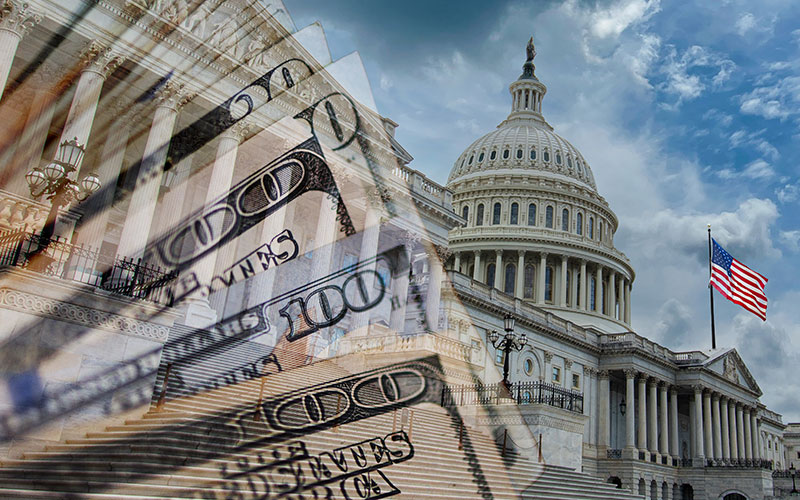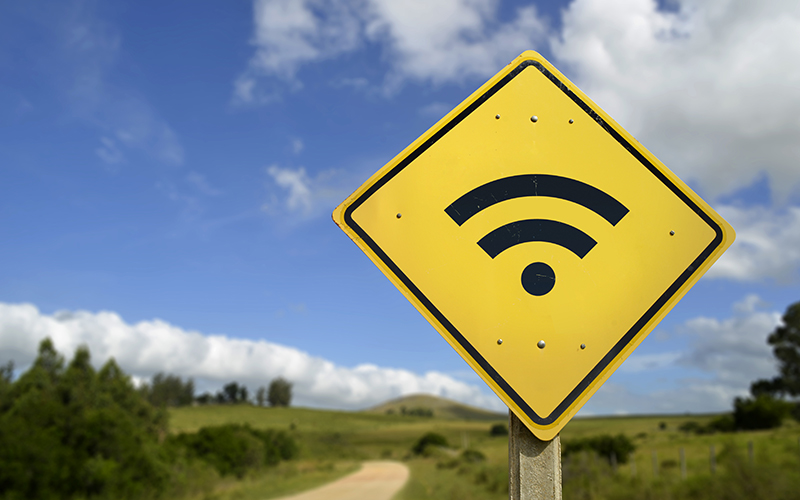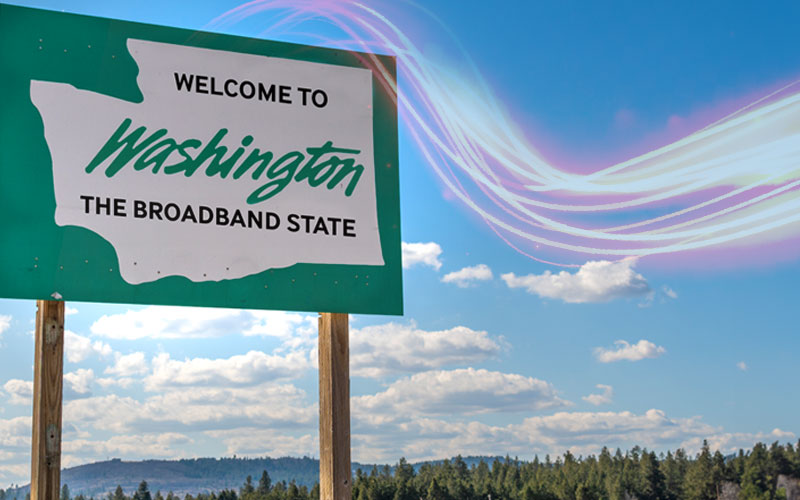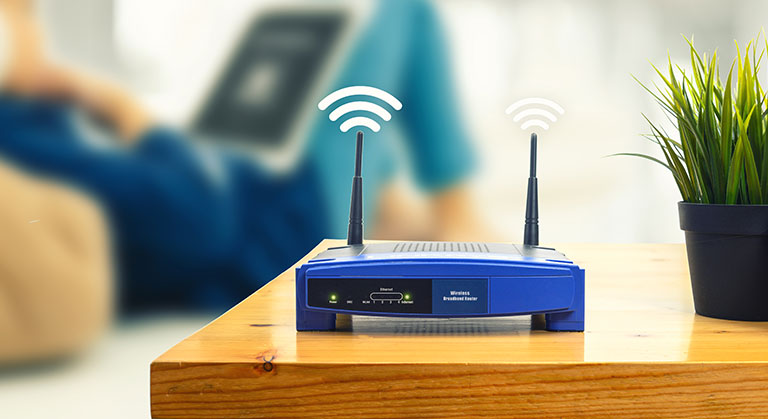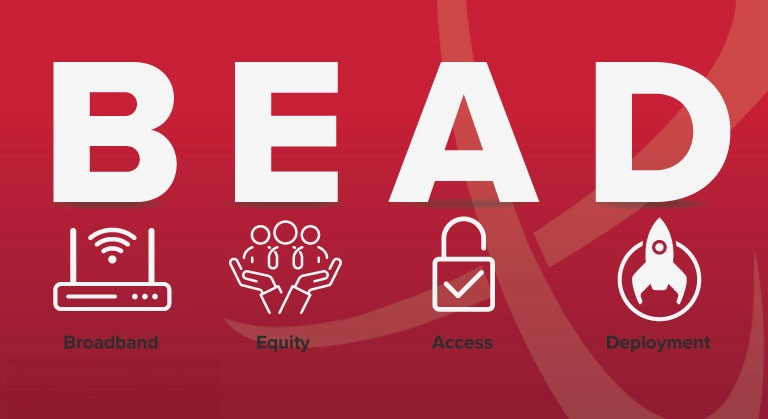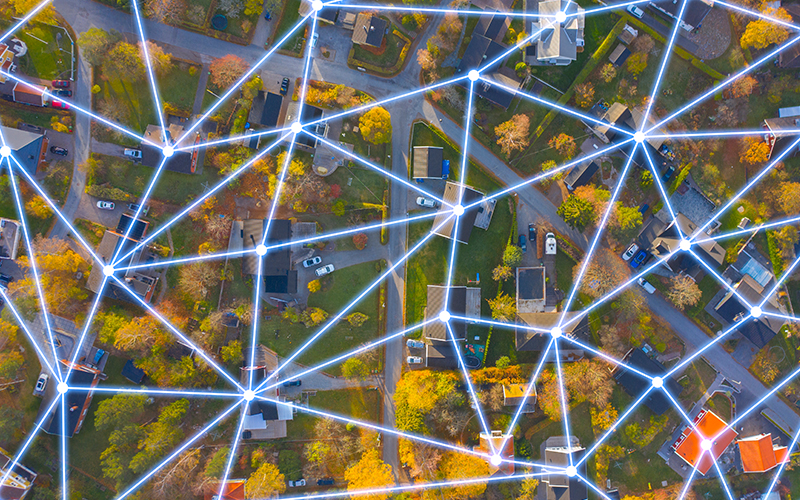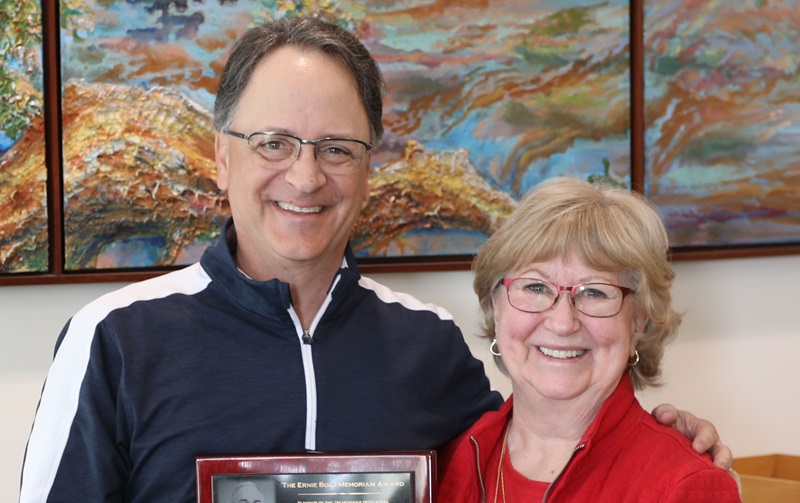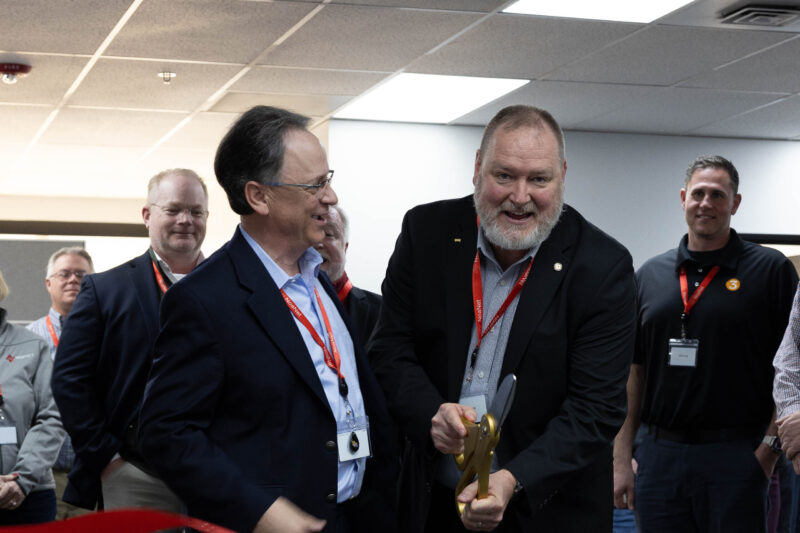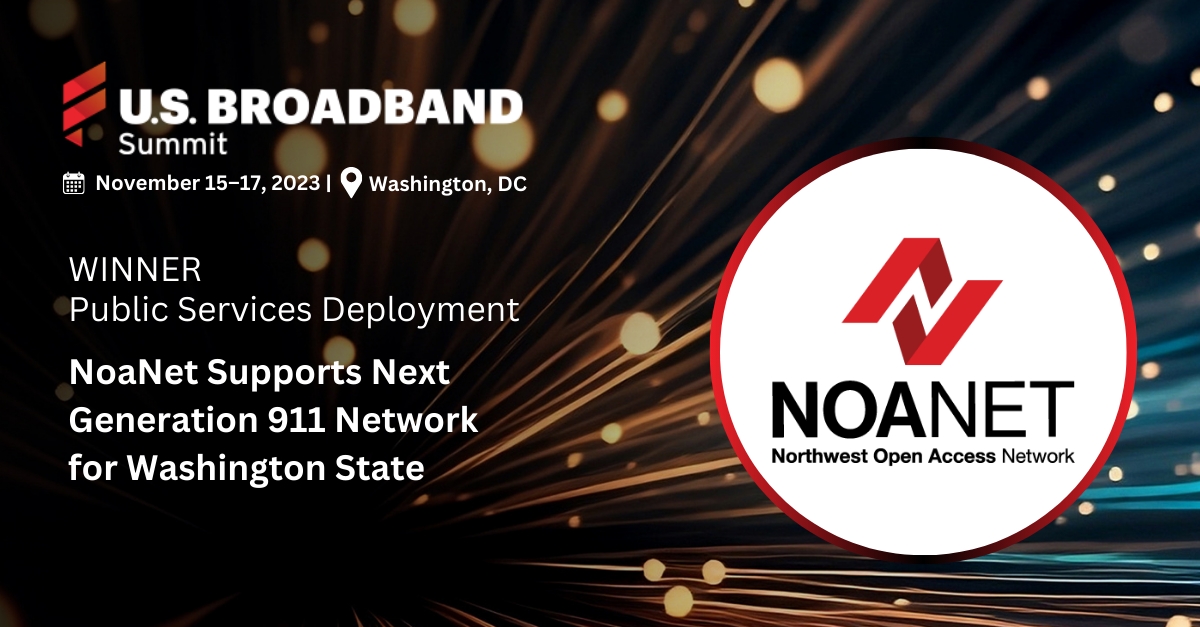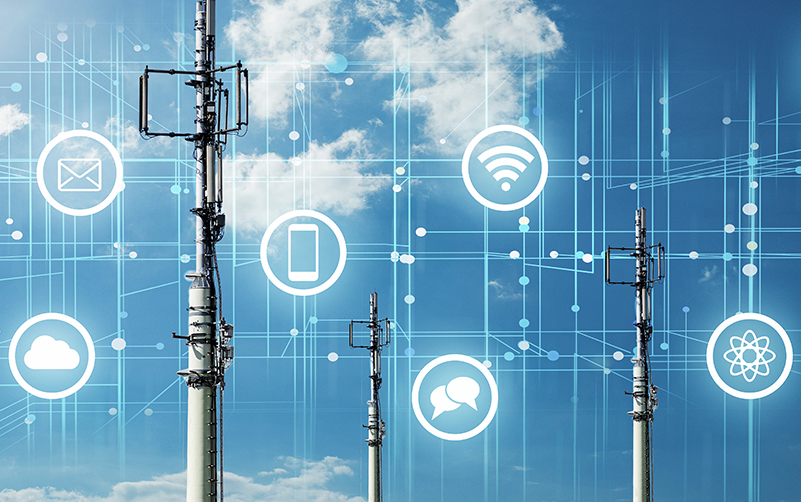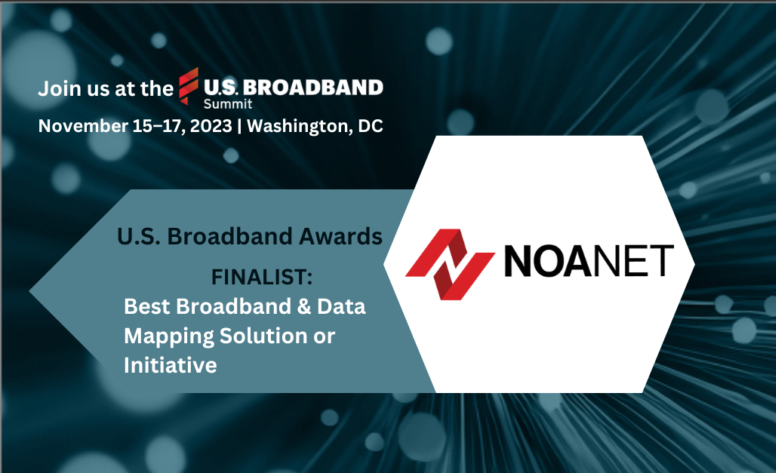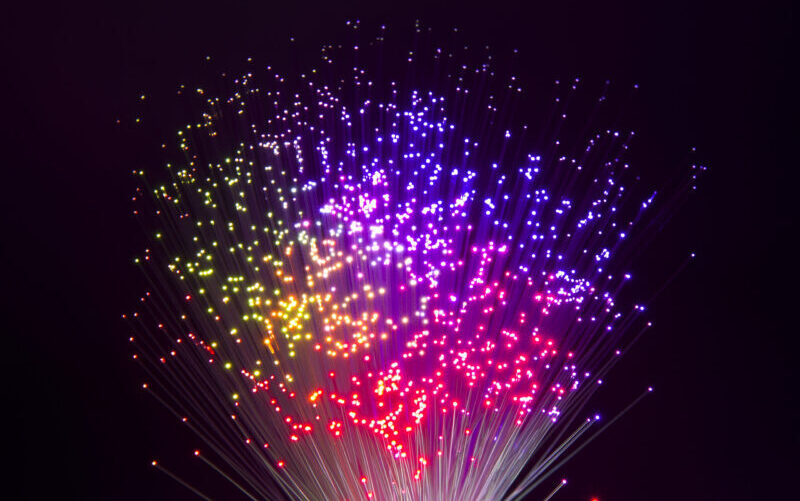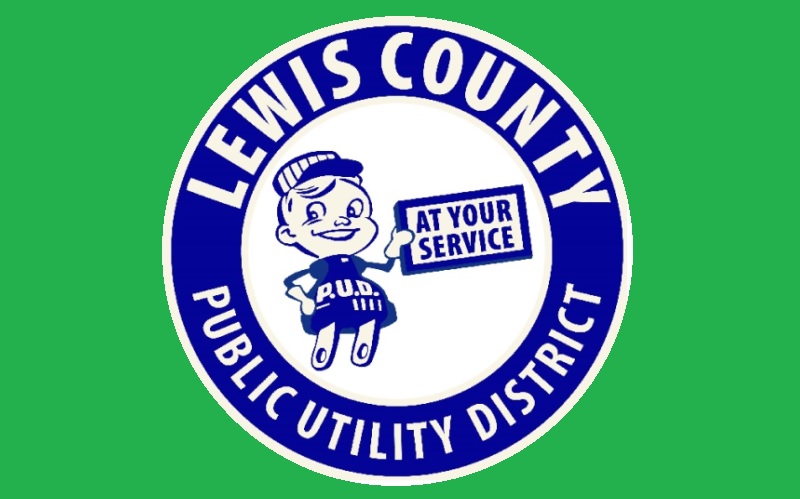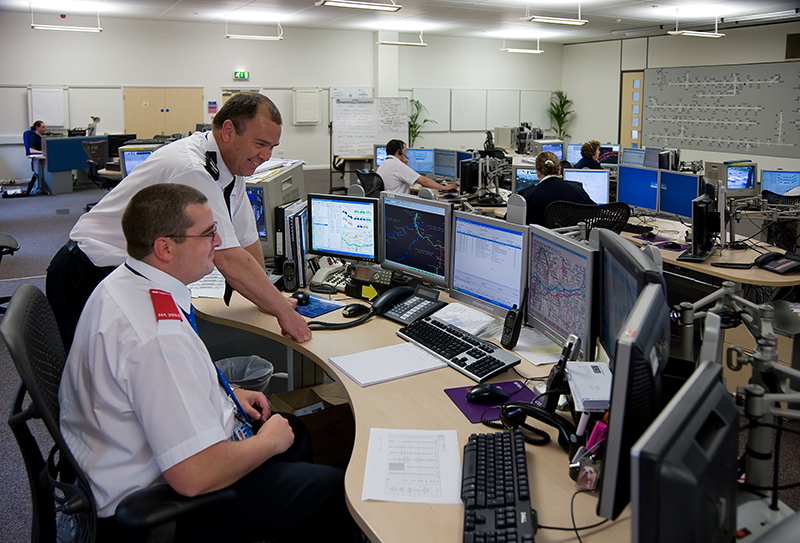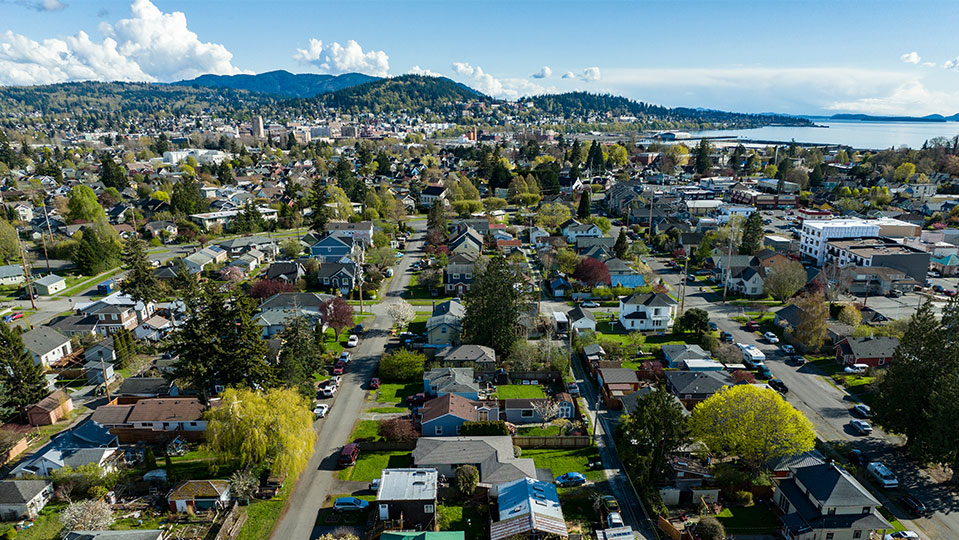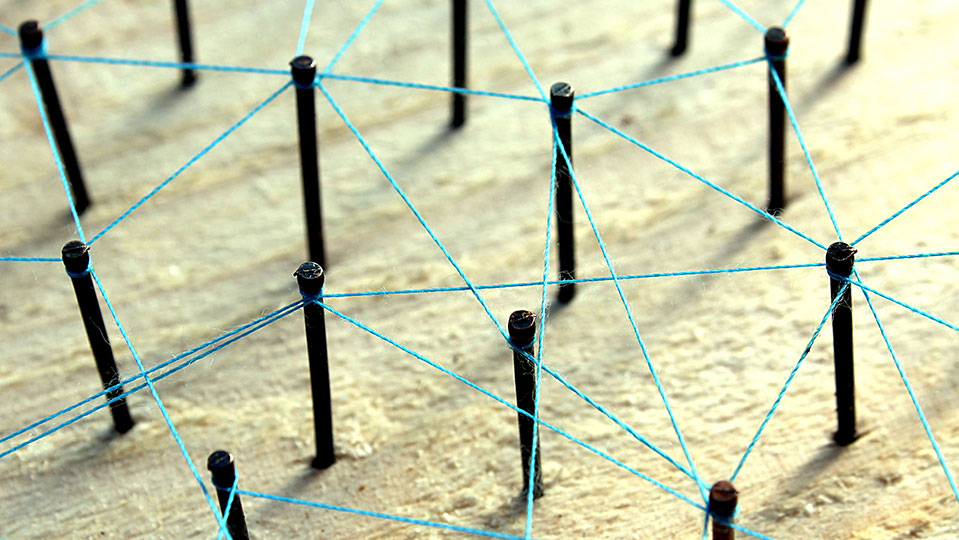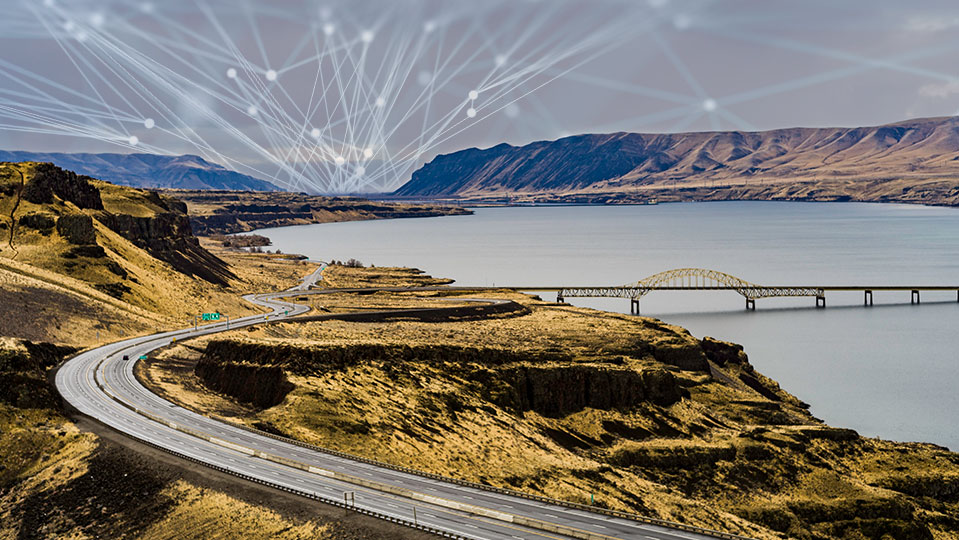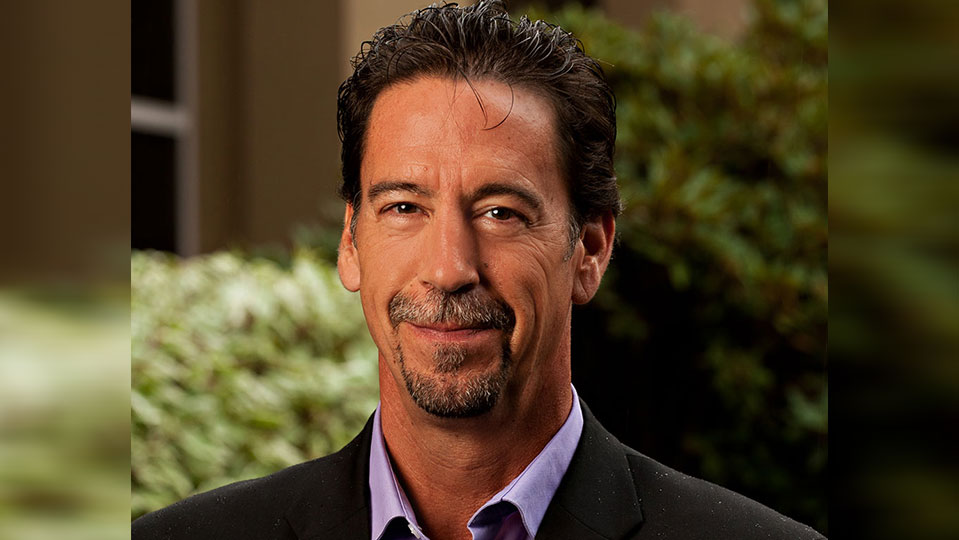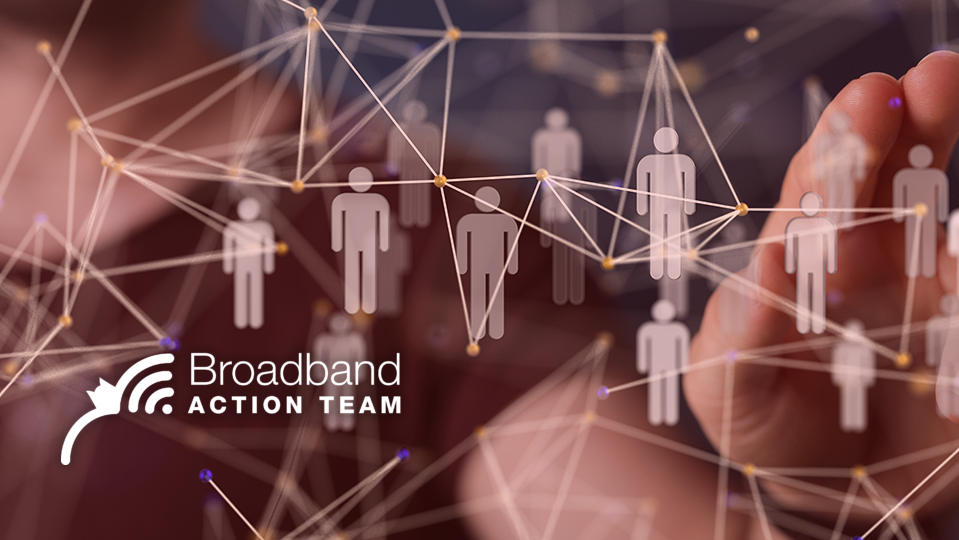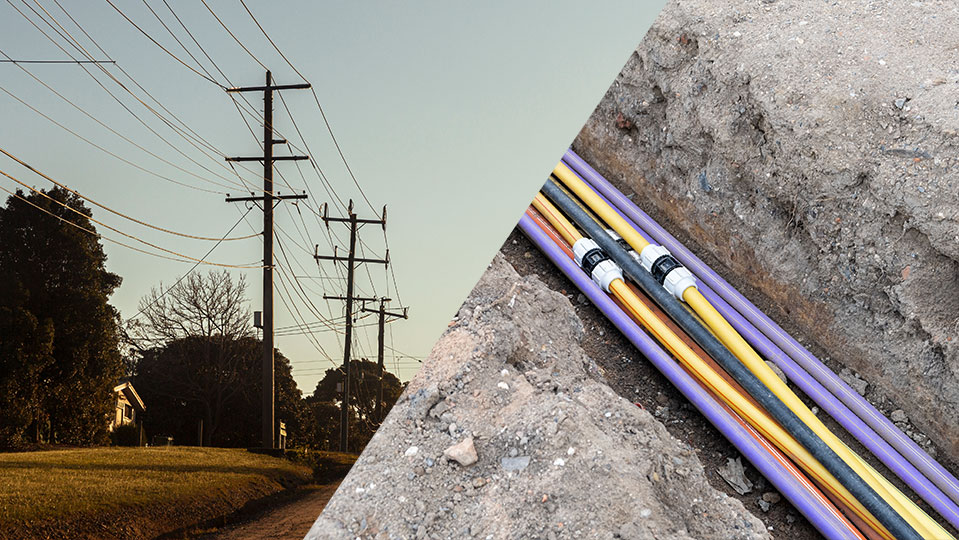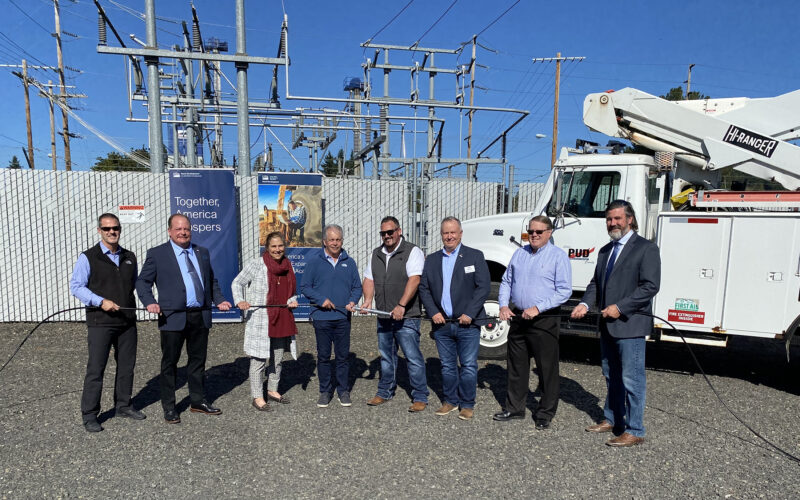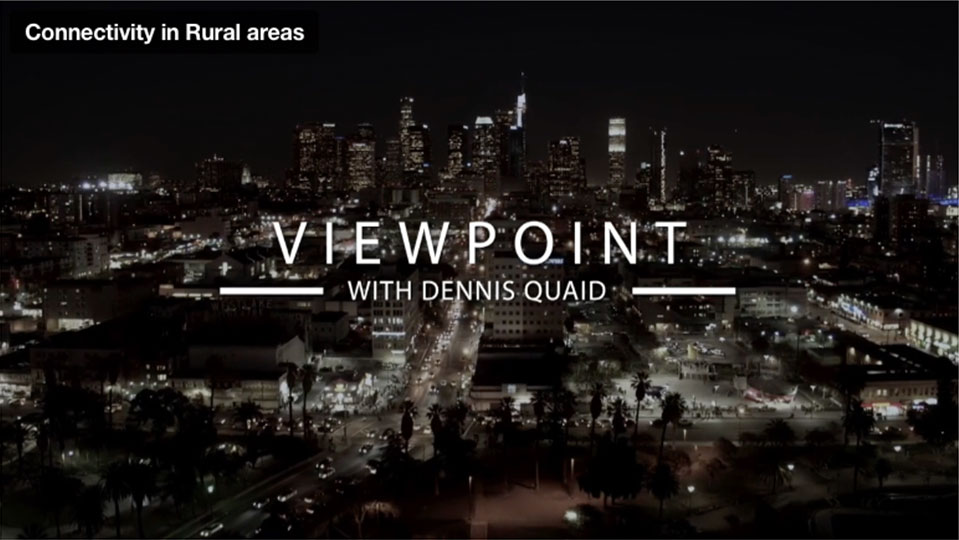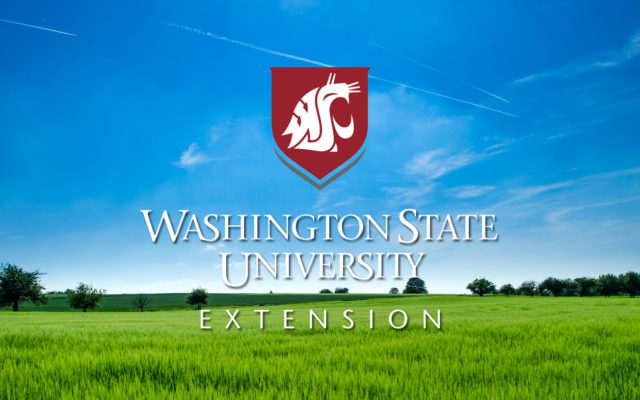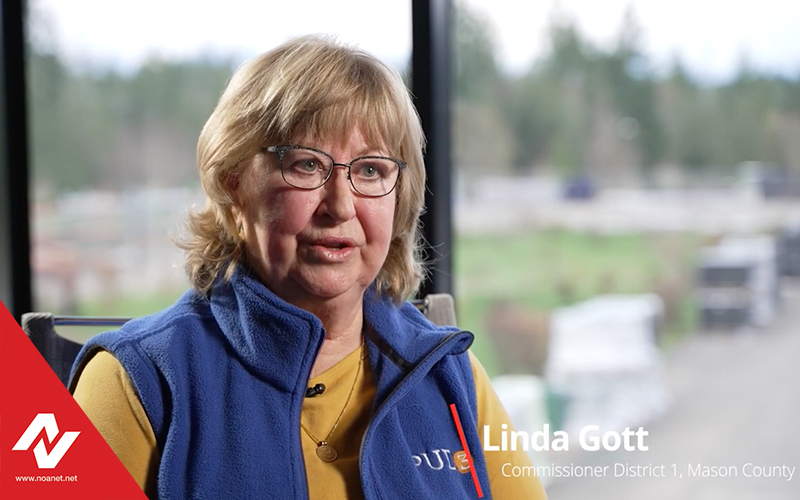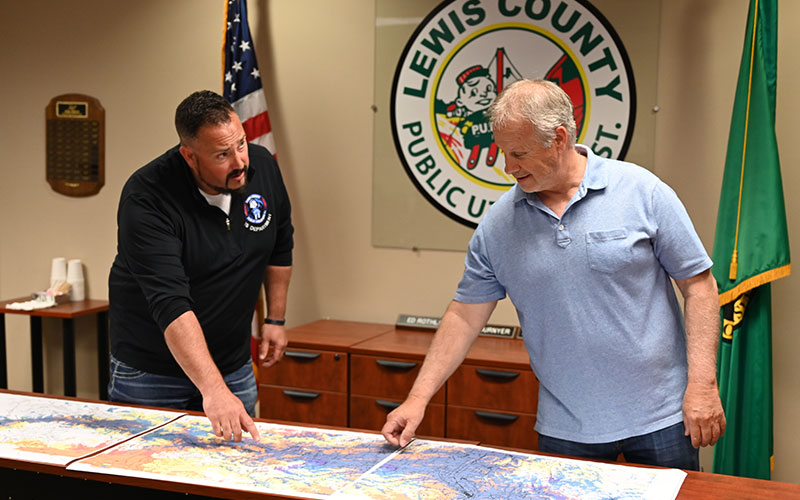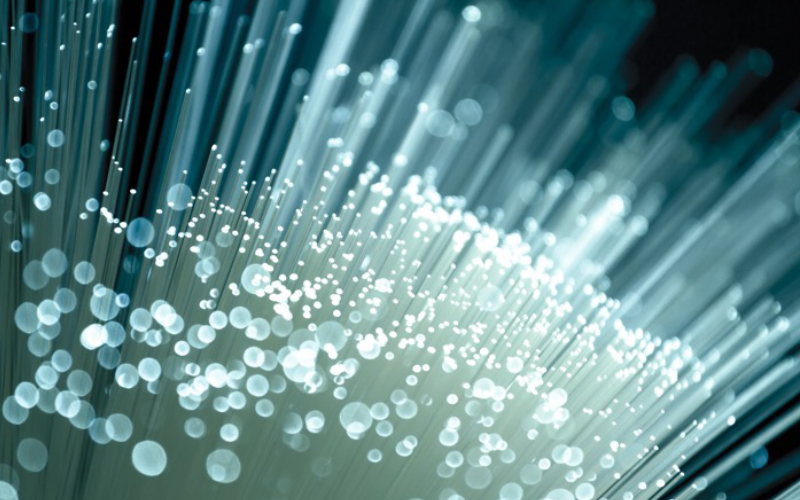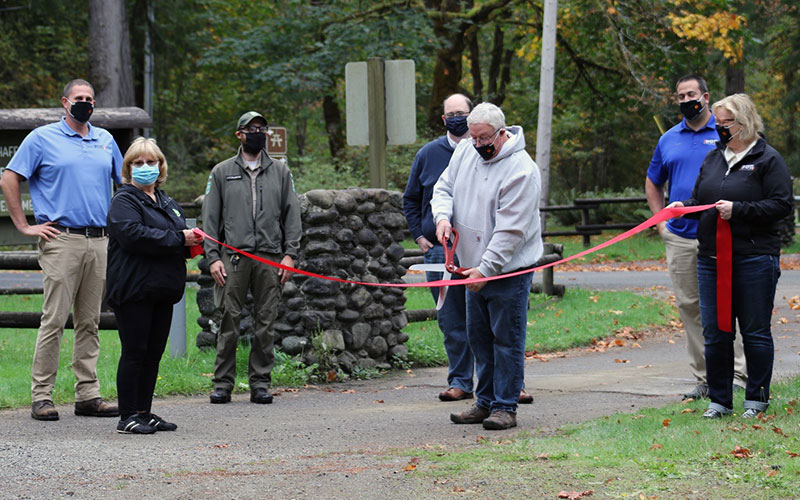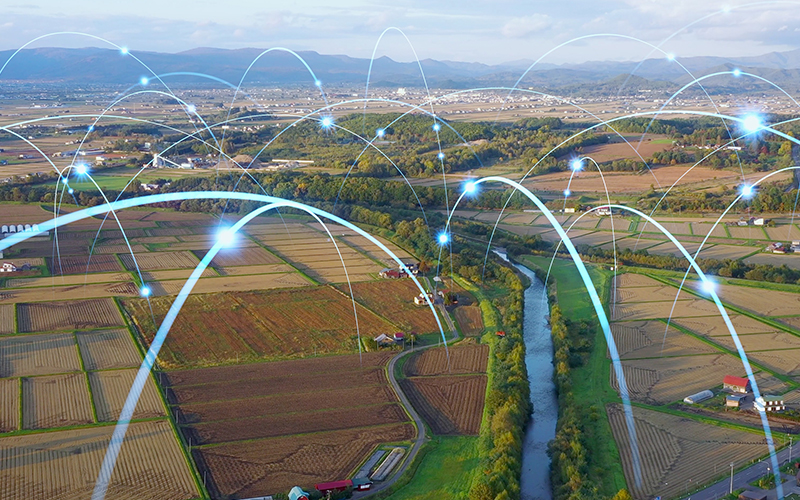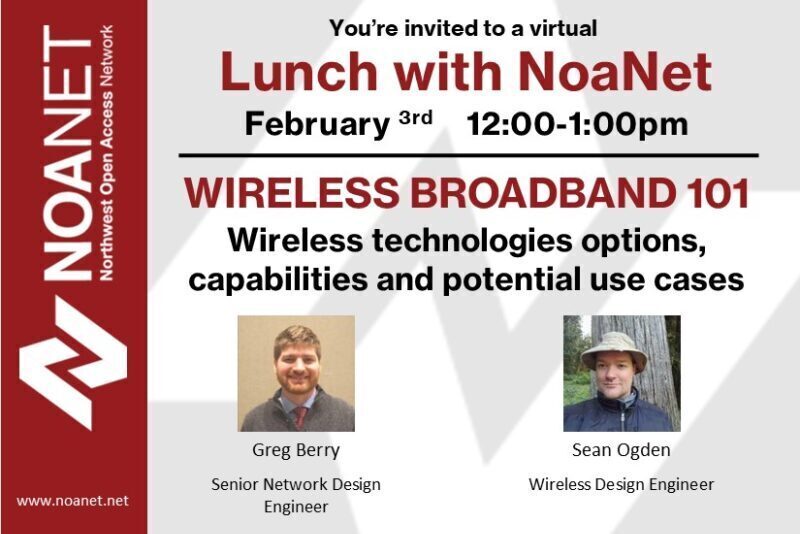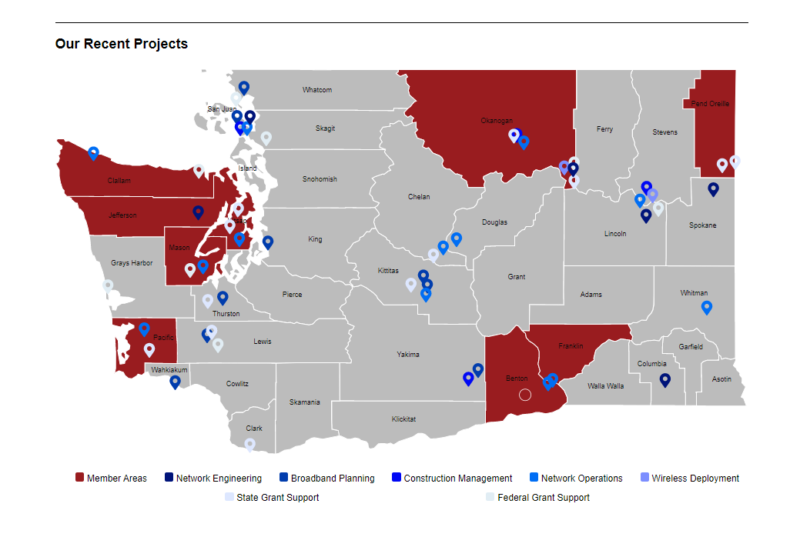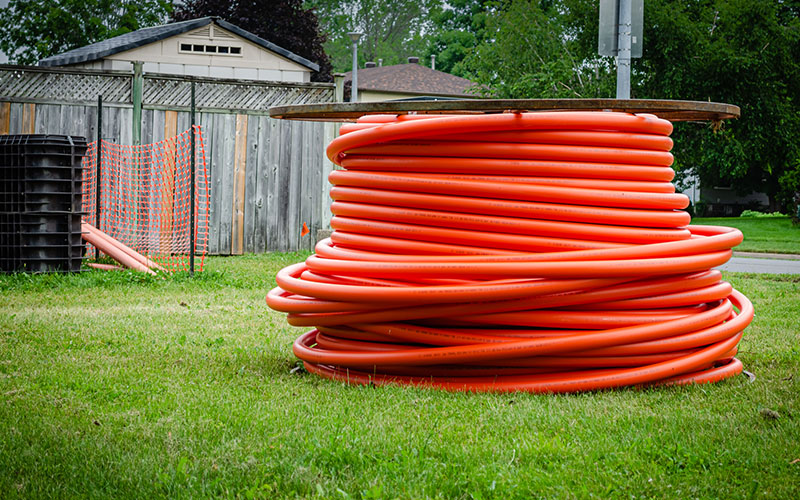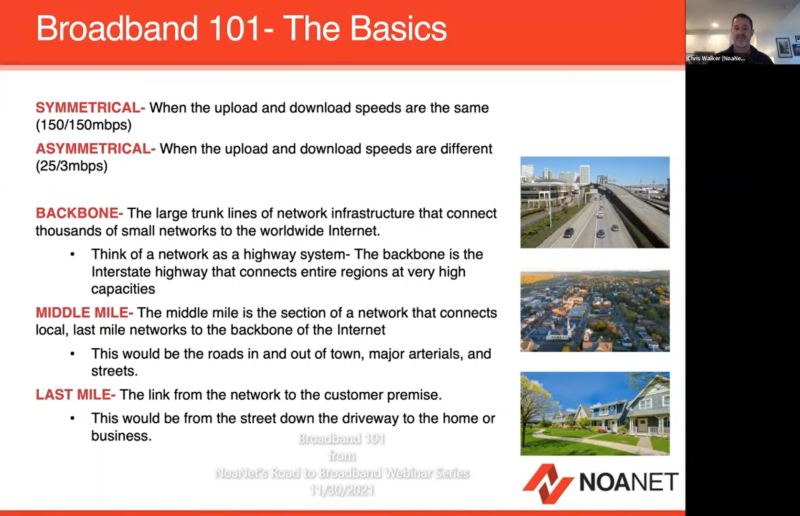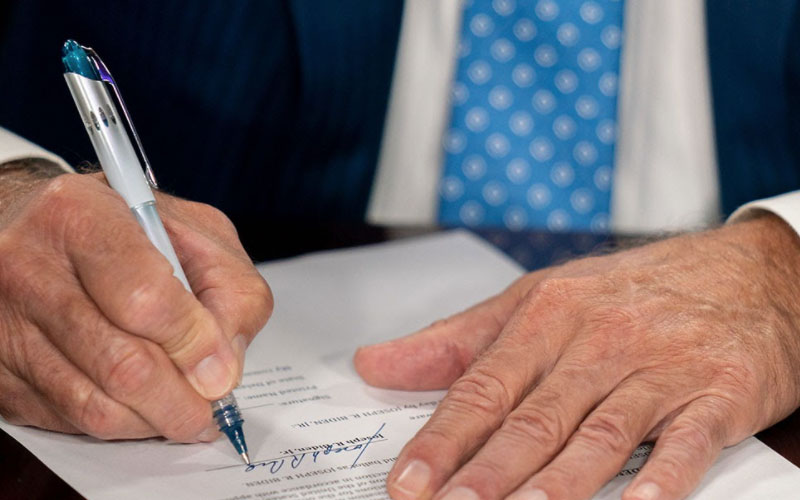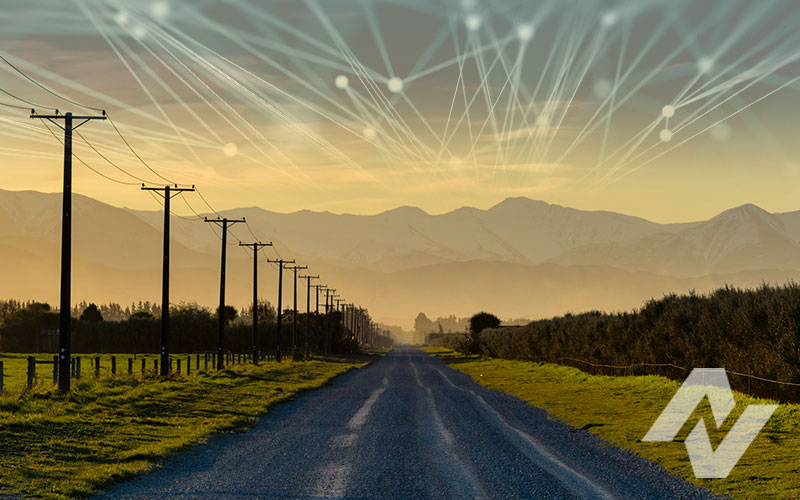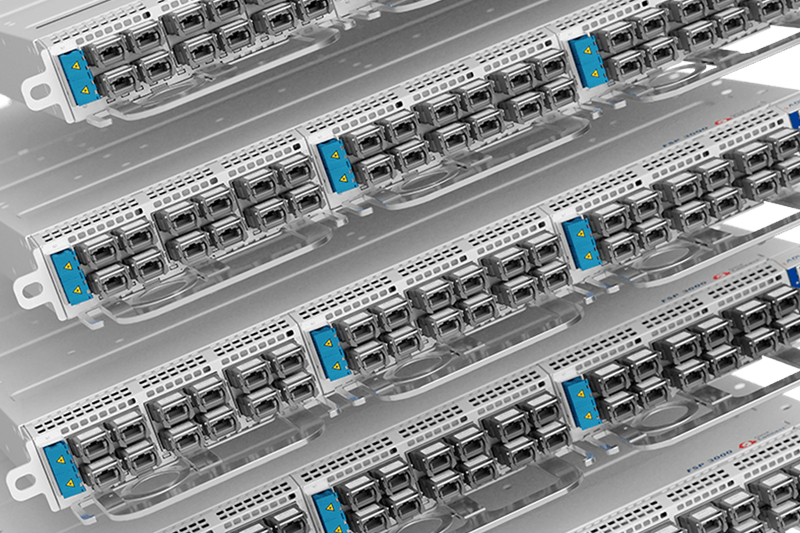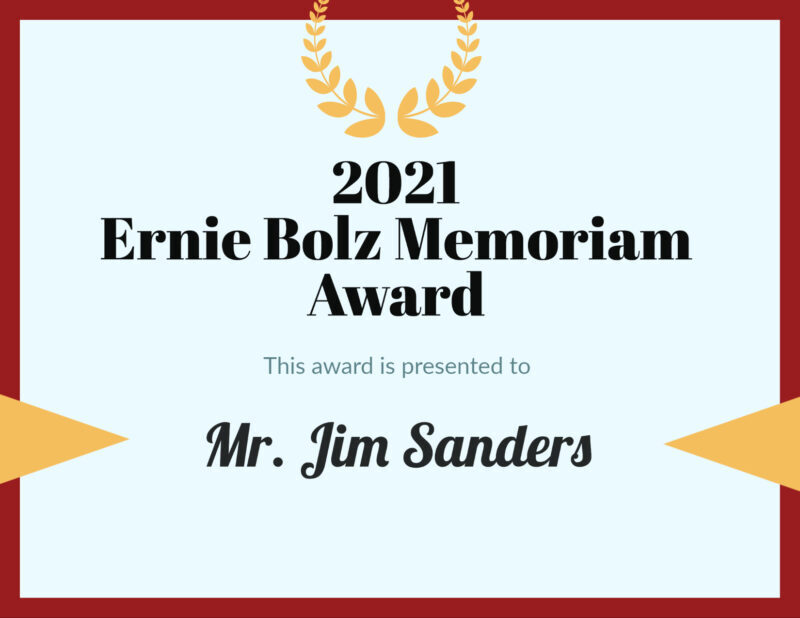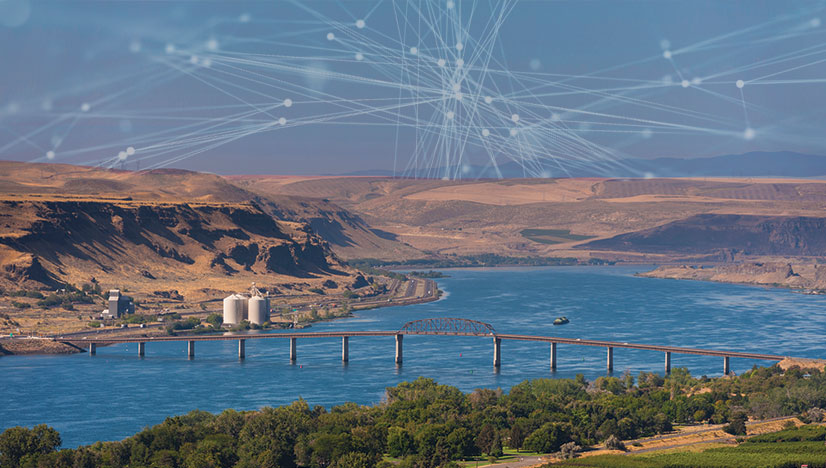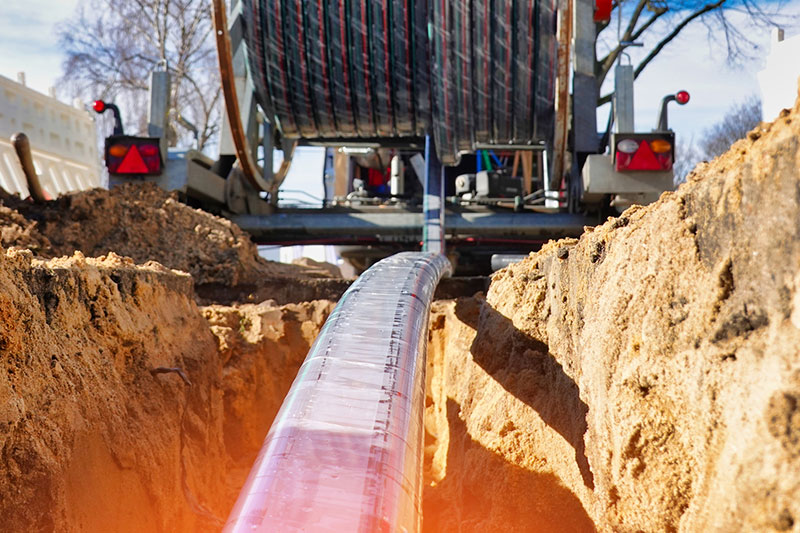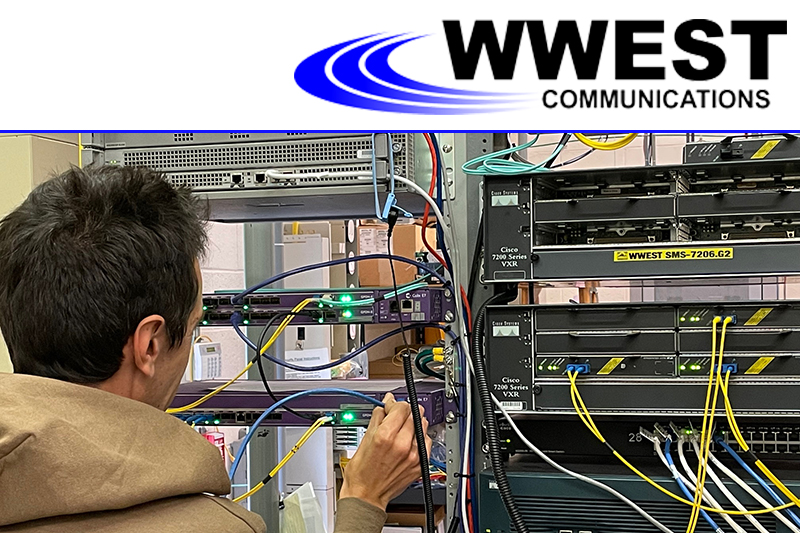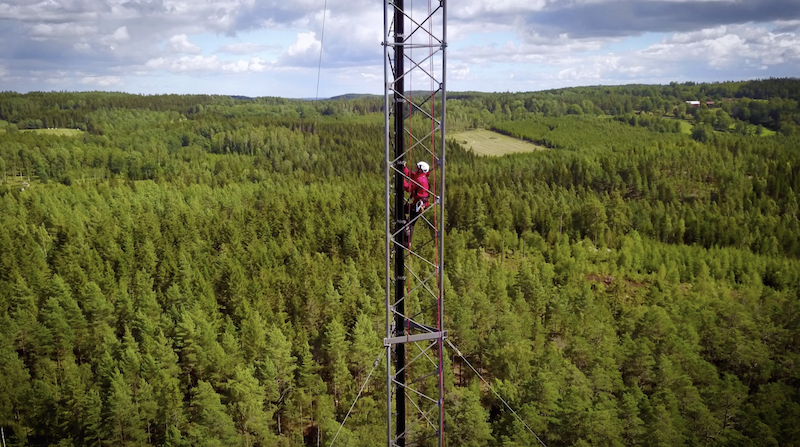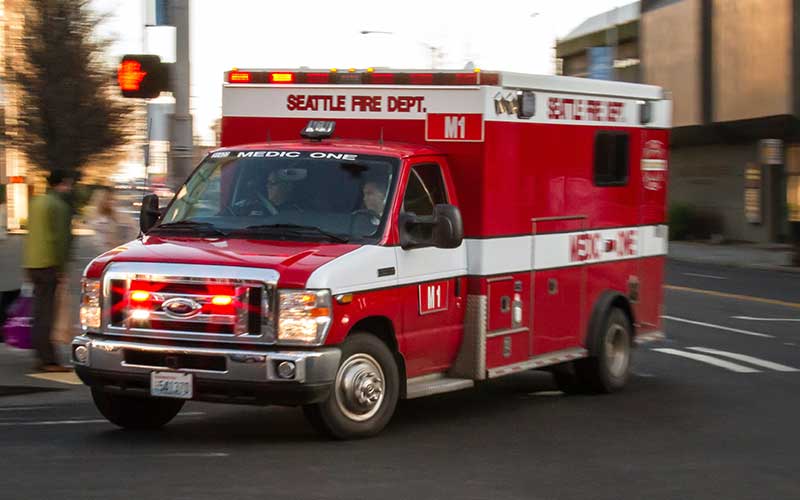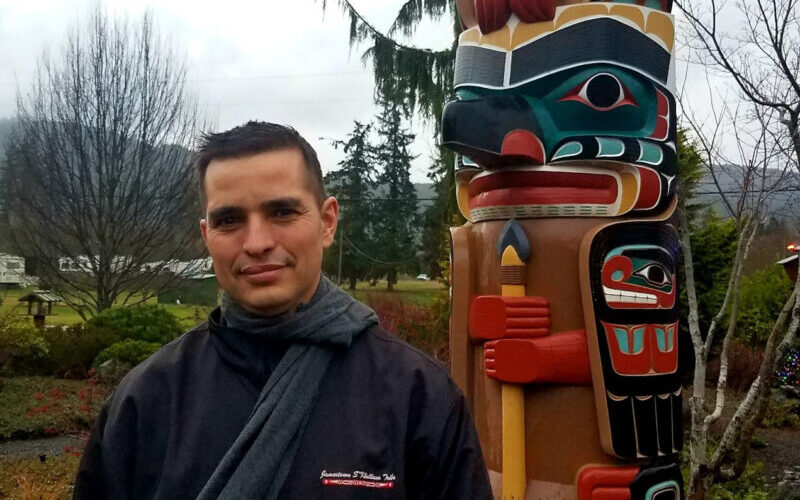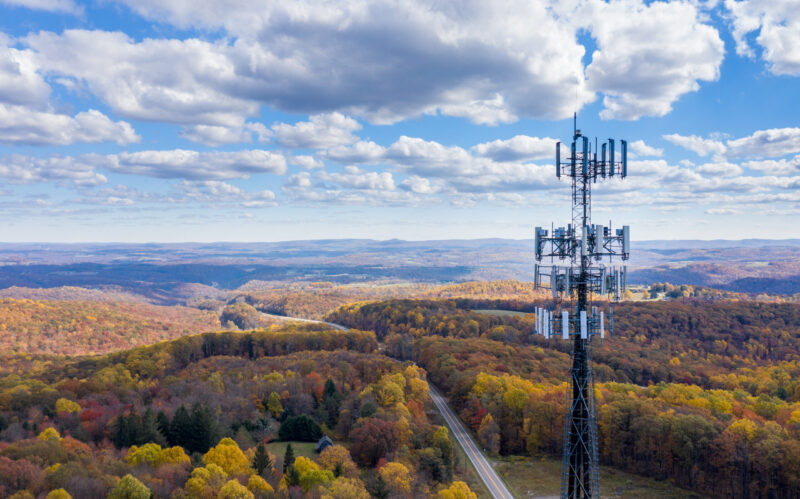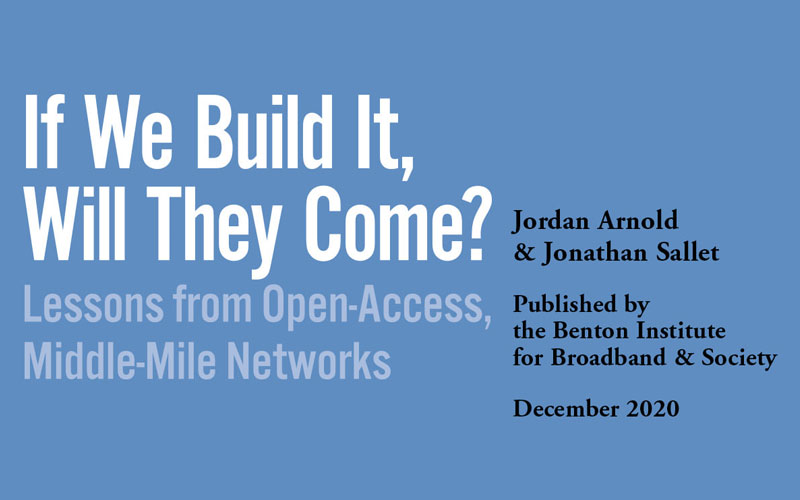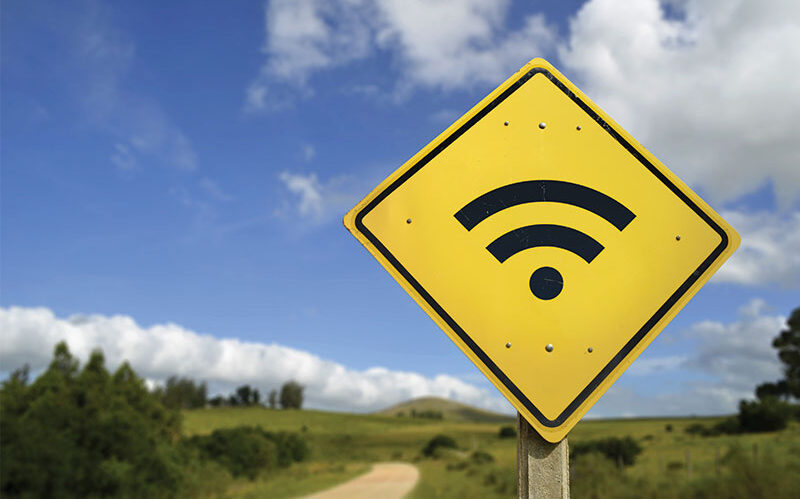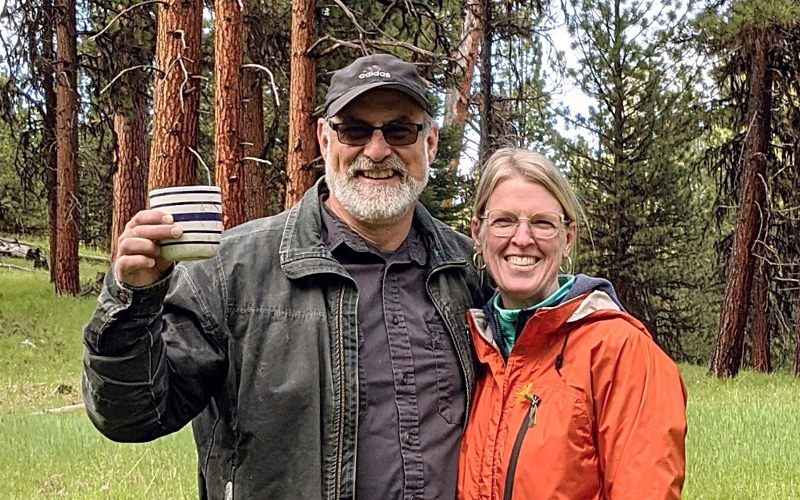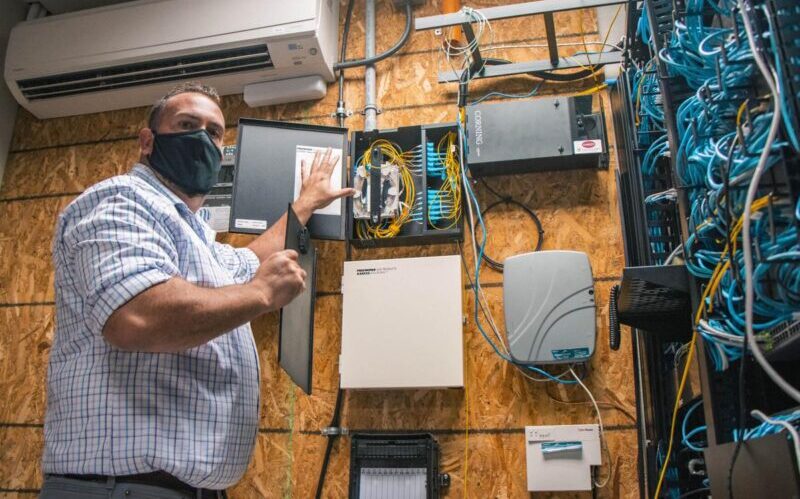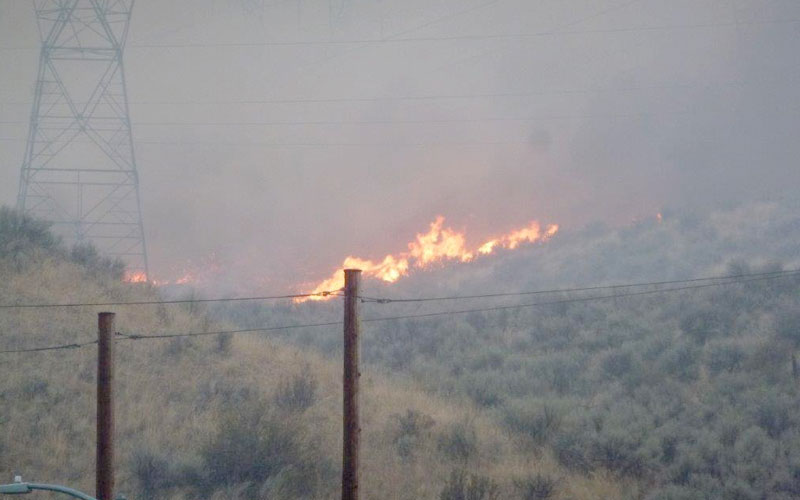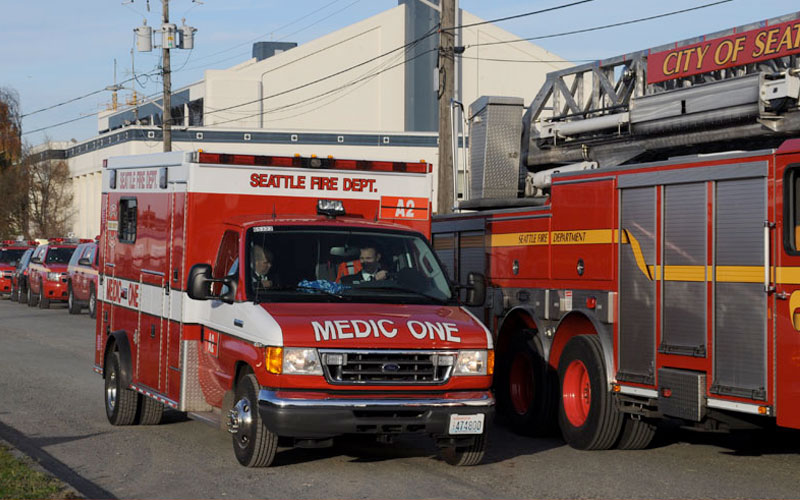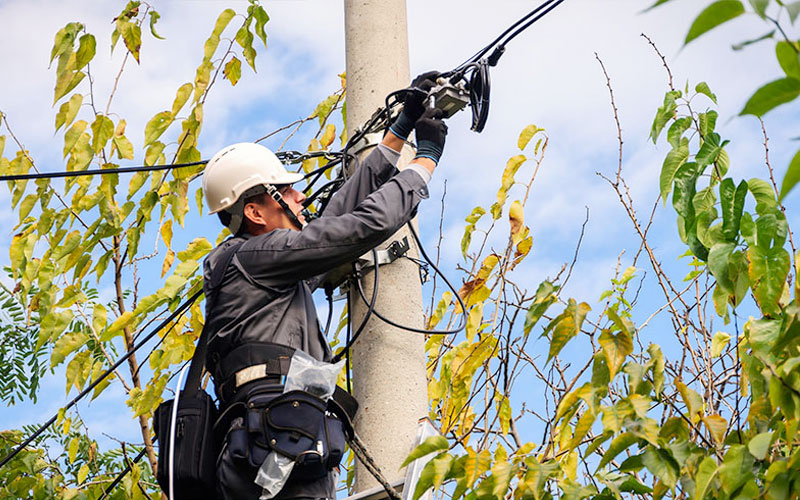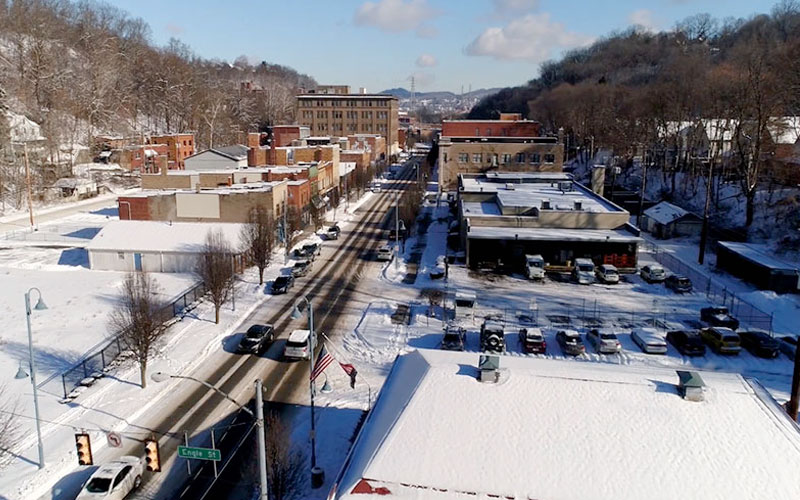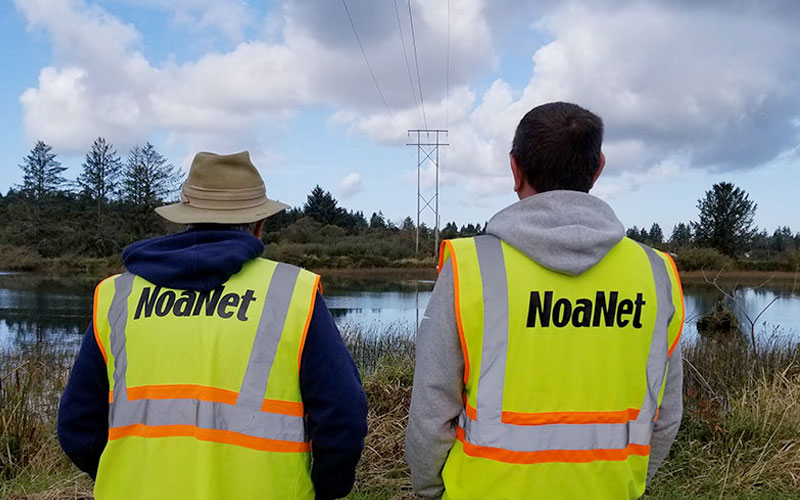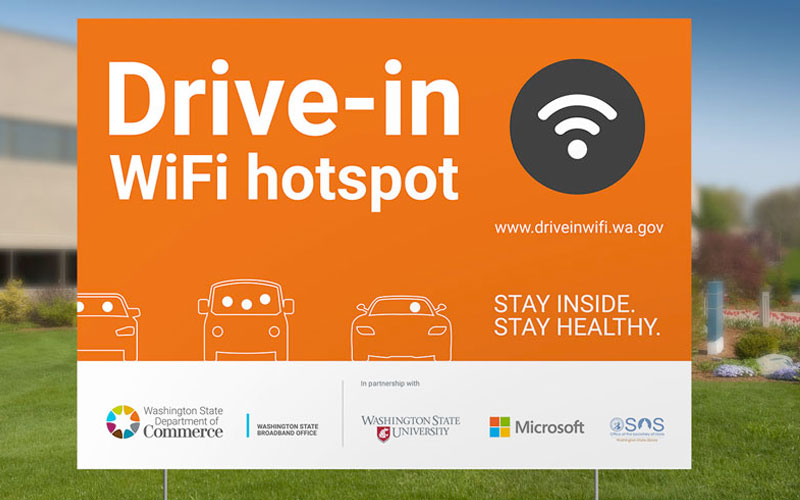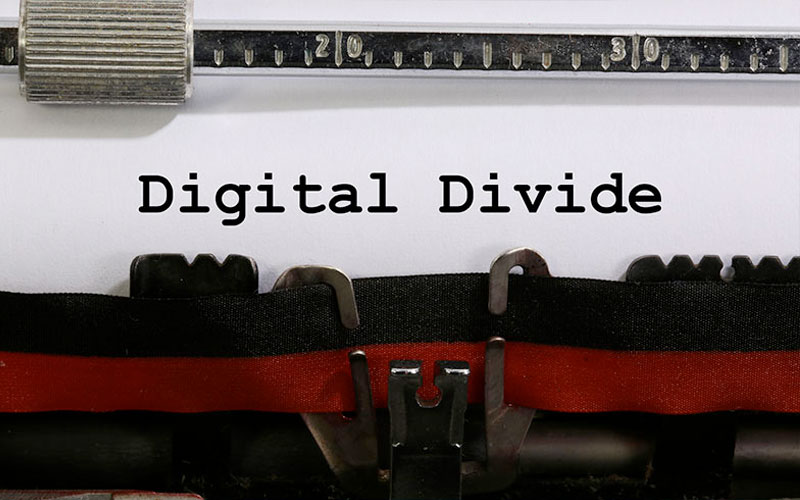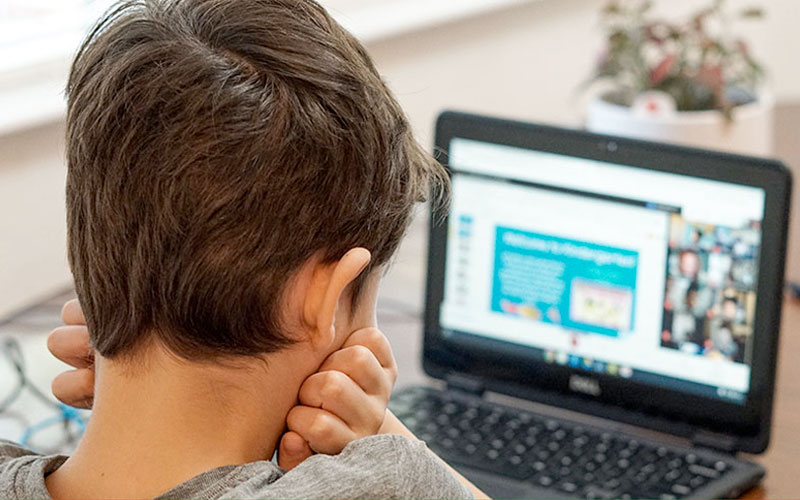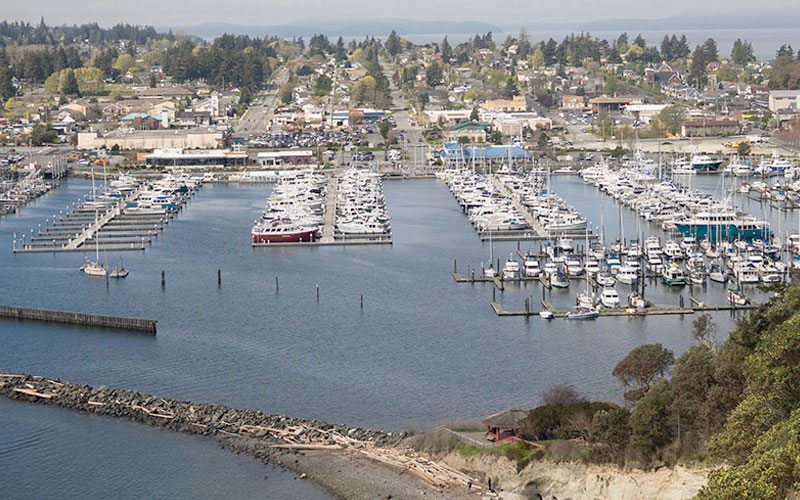The Biden administration announced on June 3 nearly $1 billion would be available in U.S. Department of Commerce’s National Telecommunications and Information Administration (NTIA) grants to expand broadband access and adoption on Tribal land. These significant broadband investments are intended to make affordable high-speed internet available to all Americans.
The Tribal Broadband Connectivity Program (TBCP) was established by the Consolidated Appropriations Act, 2021. Grants will be made available to eligible Native American, Alaska Native and Native Hawaiian entities for broadband deployment, digital inclusion, workforce development, Telehealth and distance learning. These resources make it possible to deploy high-quality broadband infrastructure to every Tribal community. Native American, Alaskan Native and Native Hawaiian communities stand to gain long overdue access to life-saving technologies, economic opportunities, remote learning and countless other benefits.
NTIA is now accepting (and will soon be reviewing) applications for infrastructure projects that expand the availability of broadband services on Tribal lands and prioritize deploying broadband infrastructure to unserved households. The program also invites proposals that address the digital divide on Tribal lands, including broadband and digital inclusion planning, Telehealth, education, training staff and Tribal community members, and providing technical support and capacity building for Tribal institutions.
For Native Hawaiians, the program uniquely includes support for a type of subsea fiber cable which removes the high commercial costs often associated with cable landing stations owned by one specific carrier. Community broadband initiatives in Hawaii could flourish with inter-island fiber established by lowering the costs smaller providers have to pay to gain access to fiber backhaul. Historically, the state of Hawaii, not having neighboring states, has been unable to receive funding for a carrier-neutral cable landing station. The TBCP changes all that.
Grant Funding
Of the $1 billion, at least $30 million will be allocated to Native Hawaiians and each federally recognized tribe will be allocated at least $500,000. These amounts are not caps. NTIA anticipates awarding grants for network deployments of between $1 million to $50 million, although these figures are neither minimums nor caps. There is no cost-sharing or matching funding requirement. Up to 5% of the grant can be used for pre-application expenses, including costs associated with preparing the application. Award of a grant under this program does not affect the ability of an eligible entity to receive broadband funding under other federal programs.
In the Washington State, there are 29 federally recognized Tribes, any of which can submit their qualifying broadband projects for potential TBCP grants; this means at least tens of millions in grant money, if all Washington Tribes submitted their qualifying applications. Tribal governments must have actionable plans crafted and ready to submit by the Sept. 1, 2021 application deadline. NTIA anticipates that it will finish reviewing applications by Nov. 29, 2021, and start issuing grants by Dec. 12, 2021.
Eligible Entities
The following entities are eligible for the grants: (i) tribal governments; (ii) tribal colleges and universities; (iii) the Department of Hawaiian Homeland on behalf of the Native Hawaiian Community; (vi) tribal organizations, and (v) Alaska Native corporations. Eligible entities may only submit a single application. Where one eligible entity is a subsidiary of another (e.g., a tribal college subsidiary of a tribal government), the subsidiary may submit its own single application in addition to an application by the tribal government.
Uses for Grant Funds
Abridged from the NTIA, grant funds available under this program may be used for the following purposes:
- Broadband infrastructure deployment projects, including support for the establishment of carrier-neutral submarine cable landing stations (such as the example illustrated for Hawaii)
The Tribal Broadband Connectivity Program invites project proposals for the deployment of broadband infrastructure on Tribal Lands, including support for the establishment of carrier-neutral submarine cable landing stations. Such infrastructure deployment projects may involve the construction of middle mile or last mile networks as well as interconnection. Applicants may propose projects that deploy new broadband infrastructure, replace antiquated infrastructure, or upgrade or extend existing infrastructure. For example, applicants may propose projects that utilize 2.5 GHz licenses or other licensed spectrum received from the Federal Communications Commission (FCC). NTIA requires construction of networks that use commercial grade equipment that will meet current needs and be scalable to meet future needs. Infrastructure can include, but is not limited to, cable, fiber, wireless, fixed wireless, and satellite. Section 905(c)(8) of the Act directs eligible entities to prioritize the construction of new broadband infrastructure proposals that will serve currently unserved households. NTIA will permit Tribes to self-certify the unserved status of proposed service areas within Tribal Lands, and lands providing services to Tribal members, with a description of how the Tribe determined that the area is unserved.
NTIA encourages infrastructure projects that enhance economic development and provide new jobs; expand education, Telehealth, public safety and telework access; and support smart technologies for agriculture, manufacturing, utilities, and government operations and services on Tribal Lands. NTIA encourages all applicants to focus on the ongoing sustainability of their broadband infrastructure projects so that they can best serve Tribal communities for the long term.
It is important that necessary investments in broadband infrastructure be carried out in ways that produce high-quality infrastructure, avert disruptive and costly delays, and promote efficiency.
The Act requires eligible entities to complete their projects within one year of their receipt of grant funds. The Assistant Secretary, however, may extend the award period for broadband infrastructure construction projects if the eligible entity certifies that: (1) it has a plan for the use of the grant funds, (2) the construction project is underway, or (3) extenuating circumstances require an extension of time to allow the project to be completed.
- Broadband Use and Adoption
The Tribal Broadband Connectivity Program invites project proposals that address the digital divide on Tribal Lands, including broadband and digital inclusion planning, training staff and Tribal community members, and providing technical support and capacity building for Tribal institutions. NTIA encourages efforts to develop programs and other resources that not only address immediate COVID-19-related concerns, but also build the capacity of Tribes to use broadband to provide ongoing and sustainable benefits to Native American/Alaska Native/Native Hawaiian communities. The Act requires eligible entities to expend their grant funds and complete their Broadband Use and Adoption projects within one year of receiving grant funds from NTIA. There are no time extensions available for Broadband Use and Adoption projects.
Applicants may request funding for Broadband Use and Adoption projects that have at least one of the following purposes:
- Provides broadband education, awareness, training, access, equipment, and support to Native American/Alaska Native/Native Hawaiian serving anchor institutions including schools, libraries, medical and healthcare providers, Tribal colleges, public housing, workforce facilities and other community support organizations serving Native American/Alaska Native/Native Hawaiian populations;
- Provides affordable broadband programs to Native American/Alaska Native/Native Hawaiian communities, including providing free or reduced-cost broadband service and preventing disconnection of existing broadband service;
iii. Improves access to, and use of, broadband services by Native American/Alaska Native/Native Hawaiian anchor institutions to deliver Telehealth, remote learning, digital inclusion and workforce development programs;
- Stimulates the adoption and use of broadband services by Native American/Alaska Native/Native Hawaiian communities for Telehealth, remote learning, telework and entrepreneurship, economic growth, and job creation;
- Builds digital skills and workforce capacity in Native American/Alaska Native/Native Hawaiian communities;
- Assesses Native American/Alaska Native/Native Hawaiian community needs and conducts planning related to online education, Telehealth, digital inclusion, workforce and digital skills development; and/or
vii. Gathers data and conducts evaluation of the digital inclusion and broadband adoption programs funded by the grant to determine their effectiveness and develop best practices to facilitate digital inclusion and broadband adoption by Native American/Alaska Native/Native Hawaiian communities on Tribal Lands.
More information about the program, including requirements for grant applications, can be found here on grants.gov. If you believe you have a project that fits the criteria and seek experienced, regional insight, we can help.
Northwest Open Access Network (NoaNet) is a not-for-profit wholesale telecommunications mutual corporation that has been serving Washington State since 2000. As a mission-driven organization, NoaNet focuses on bringing world-class telecommunications technology to hard-to-reach communities which lack access to high-speed affordable broadband services.


